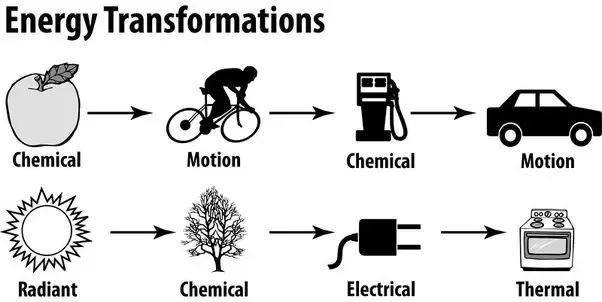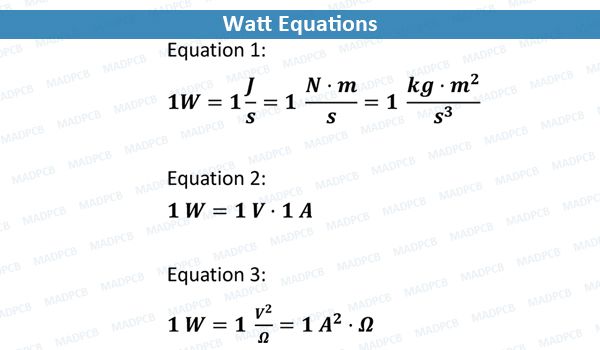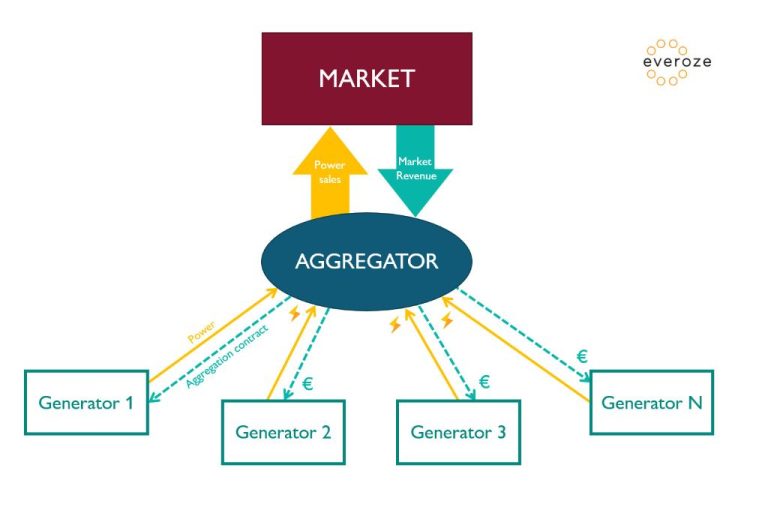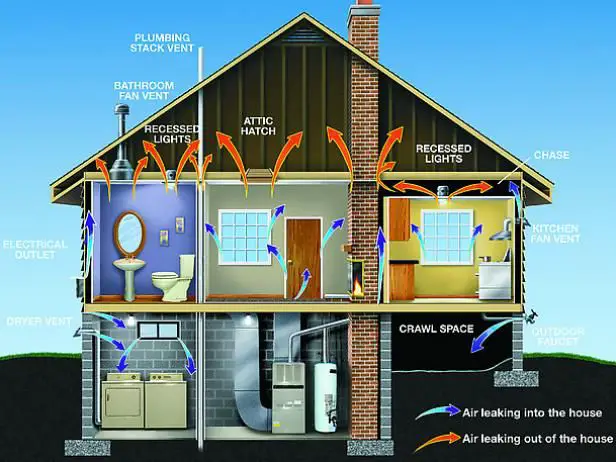What Is Kilowatt Vs Watts?
A kilowatt (kW) and a watt (W) are both units of power measurement. While they may seem similar, there are some key differences between the two that are important to understand. This article will define what a kilowatt and watt are, explain how they relate to each other, and compare and contrast their usage. By the end, you’ll have a solid understanding of these common power measurements.
Units of Measurement
When it comes to electricity, there are two main units used to measure power – the kilowatt (kW) and the watt (W). The main difference between the two is the scale of power they are used to measure.
The kilowatt measures power on a larger scale, in multiples of 1000 watts. For example, 1 kilowatt = 1000 watts. The watt is used to measure smaller levels of power. Your typical lightbulb may use anywhere from 5-100 watts.
So in summary:
- Kilowatt (kW) measures power in multiples of 1000 watts
- Watt (W) measures smaller levels of power, like for a single appliance or lightbulb
Relation to Each Other
The kilowatt and watt are units of power that are closely related to each other. Specifically, 1 kilowatt is equal to 1000 watts. This means that a kilowatt is 1000 times larger than a watt.
To put it simply, a kilowatt is a larger unit and a watt is a smaller unit for measuring power. Just like how a kilometer is 1000 meters, a kilowatt is 1000 watts. The prefix “kilo” means 1000 of something. So kilowatt refers to 1000 watts of power.
This relationship can be summarized in a simple formula:
1 kW = 1000 W
Where kW stands for kilowatts and W stands for watts. This illustrates that 1 unit of kilowatt is equivalent to 1000 units of watts.
Usage
Kilowatts and watts are used to measure power, but there are some key differences in how each unit is applied:
Kilowatts are typically used to measure large amounts of power, such as the output of power plants, electric vehicle motors, heavy machinery, and home appliances like air conditioners, electric heaters, and ovens. For example, a typical household window air conditioning unit may use around 1.4 kilowatts (1,400 watts) when running.
Watts are used to measure smaller amounts of power, such as lightbulbs, smartphones, and smaller electronics. For example, a standard 60-watt incandescent light bulb uses 60 watts of power. Similarly, a laptop may use between 20-100 watts depending on its components and whether it’s plugged in.
In electrical billing, usage is generally measured in kilowatt-hours (kWh), which represents the amount of energy used over time. Utility bills will show how many kWh you used that month and charge per kWh used.
Examples
One of the most intuitive ways to understand the difference between watts and kilowatts is through familiar examples. Let’s look at a standard 60W incandescent lightbulb compared to the energy usage of a home.
Lightbulbs are rated in watts, which measure power. A typical 60W bulb requires 60 watts of power to operate. This equates to 0.06 kilowatts (60W/1000 = 0.06kW). So a single lightbulb uses a fraction of a kilowatt.
In contrast, a home’s electricity usage is measured in kilowatts. The average US household consumes about 900 kWh per month. This equates to 30kWh per day (900kWh/30 days = 30kWh/day). So an entire house uses multiple kilowatts of energy, whereas an individual lightbulb only uses a fraction of a kilowatt.
![]()
This comparison demonstrates the scale difference between watts and kilowatts in tangible, everyday terms through household electrical devices. It provides an intuitive sense of the relationship between the two units.
Calculations
Calculating the conversion between watts and kilowatts is straightforward. To convert from watts to kilowatts, divide the number of watts by 1000. For example, 2000 watts divided by 1000 equals 2 kilowatts. Similarly, to convert from kilowatts to watts, multiply the number of kilowatts by 1000. For example, 5 kilowatts multiplied by 1000 equals 5000 watts.
Here are some examples to keep in mind when converting between watts and kilowatts:
- 1 watt = 0.001 kilowatts
- 1 kilowatt = 1000 watts
- 10 watts = 0.01 kilowatts
- 100 watts = 0.1 kilowatts
- 500 watts = 0.5 kilowatts
- 2500 watts = 2.5 kilowatts
Using these straightforward calculations and conversions allows you to quickly translate between watt and kilowatt values.
Pros and Cons of Kilowatts vs Watts
Both kilowatts and watts have their advantages and disadvantages depending on the situation and intended use. Here are some of the key pros and cons of utilizing each unit:
Pros of Kilowatts:
- More efficient for measuring large amounts of power
- Easier to conceptualize energy usage for large appliances or systems
- Simpler for calculating electricity bills
Cons of Kilowatts:
- Not as precise for small electronics or devices
- Calculations require multiplying by 1000 to convert from watts
Pros of Watts:
- Precise measurement for lower energy consumption
- Used universally for devices and electronics
- Easier conversions to horsepower or BTUs
Cons of Watts:
- Very small units required for large power loads
- Not efficient for utility billing or systems usage
Cost Comparisons
When looking at electricity costs, it’s important to understand the difference between watts and kilowatts. While they are both units of power, kilowatts are equal to 1000 watts. This means that electricity usage and costs are typically measured and billed using kilowatts rather than watts.
For example, if you use a 100 watt lightbulb for 1 hour, you’ve used 0.1 kilowatt hours of electricity (100 watts x 1 hour / 1000 = 0.1 kWh). If your electricity rate is $0.10 per kWh, it would cost 1 cent to run that lightbulb for 1 hour (0.1 kWh x $0.10/kWh = $0.01).
In comparison, running a 1000 watt microwave for 1 hour would use 1 full kilowatt hour of electricity (1000 watts x 1 hour / 1000 = 1 kWh). With the same $0.10/kWh rate, this would cost 10 cents to operate for that hour (1 kWh x $0.10/kWh = $0.10).
So when comparing electricity costs, it’s important to convert watts to kilowatts to understand the true cost differences. Kilowatts allow you to calculate the consumption and cost more accurately. This knowledge can help consumers make informed choices about their energy usage.
Summary
To recap, the main differences between kilowatts and watts are:
- Kilowatts are a measure of power, while watts are a measure of energy consumption over time.
- Kilowatts are equal to 1,000 watts.
- Kilowatts measure the rate of energy transfer, while watts measure the total energy used.
- Kilowatts are typically used to measure large-scale power generation and transmission. Watts are used to measure small-scale energy usage in homes and devices.
In summary, kilowatts describe power or the rate of energy flow. Watts describe energy consumption over time. Kilowatts are used to measure power plants, while watts are used to measure lightbulbs. Understanding the difference can help compare energy sources and make informed decisions about power usage.
Conclusion
Kilowatt and watt help quantify electric power in different scales. While a watt is a smaller unit, a kilowatt represents 1,000 watts of power. Understanding the difference between these units is essential for calculating electrical usage and costs accurately. Both kilowatts and watts are important for evaluating appliance power consumption, home energy needs, utility rates, and making efficiency comparisons. By knowing how to convert between kilowatts and watts, you can better grasp power requirements and make informed energy decisions.
In summary, kilowatts and watts are both critical units for quantifying electric power. Watts provide a basic unit of measurement, while kilowatts represent a larger scale. Knowing how to use each unit properly allows for precise power calculations and comparisons. The relationship between kilowatts and watts helps bridge the gap between small appliance power needs and overall home electricity demands.






